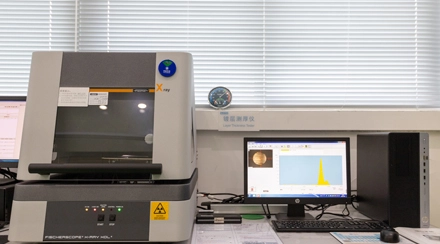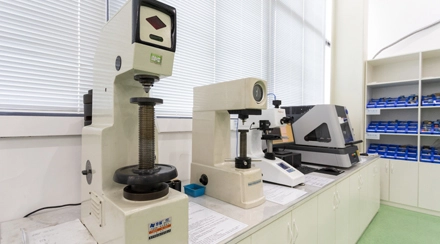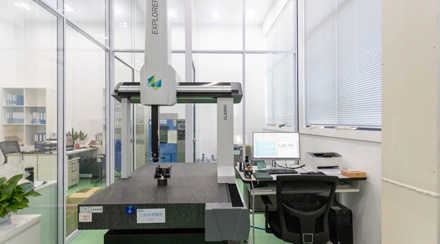In today’s high-demand manufacturing environment, precision and efficiency are paramount. As industries continue to pursue advanced methods for producing intricate metal components, Lost Plastic Casting has emerged as a revolutionary solution. At BulkTEK, we provide tailored lost plastic casting services that meet the requirements of high-performance applications with complex geometries. In this article, we’ll break down what this process involves, why it’s different, and how it’s transforming production standards across industries.
Lost Plastic Casting—also referred to as lost foam casting—is an advanced metal casting technique that uses an expandable plastic pattern instead of traditional wax or sand molds. The process allows for the accurate formation of complex, hollow, or thin-walled components that are often difficult or impossible to achieve through conventional casting methods.
Unlike sand casting or lost wax casting, lost plastic casting does not require multiple molds or complex tooling steps. This makes it especially suitable for low to medium volume production, rapid prototyping, or complex design iterations without compromising quality.
BulkTEK leverages proprietary casting technologies and high-temperature engineering plastics to support precision forming for a range of industries, ensuring dimensional stability and reliable surface finishes.
Here is a simplified step-by-step overview of the lost plastic casting process used at BulkTEK:
Design & Pattern Creation
A plastic foam pattern—typically made from expanded polystyrene (EPS)—is precision-machined or molded to replicate the final part geometry.
Assembly
If the final part includes multiple sections, the patterns are bonded together to form a complete model.
Coating
The plastic pattern is coated with a refractory ceramic slurry, forming a heat-resistant shell once dried.
Embedding
The coated pattern is placed in a sand mold and surrounded by unbonded sand, which is compacted for stability.
Casting
Molten metal is poured directly into the mold. The heat vaporizes the plastic pattern, leaving behind a cavity that is filled with metal.
Cooling & Shakeout
After the metal solidifies, the mold is broken, and the casting is retrieved, cleaned, and finished as needed.
This streamlined process allows for high dimensional accuracy, minimal machining, and reduced waste—benefits that directly align with modern manufacturing priorities.
Lost plastic casting delivers several distinct advantages over conventional casting methods:
| Benefit | Description |
|---|---|
| Design Freedom | Supports highly complex or integrated shapes without the need for core assemblies. |
| Tight Tolerances | Consistent dimensional control reduces or eliminates post-processing. |
| Cost Efficiency | Fewer tooling requirements make it ideal for short runs or design changes. |
| Lightweight Potential | Thin-walled designs are easier to cast without structural compromise. |
| Cleaner Finish | Smooth surfaces and reduced porosity lower the need for secondary operations. |
At BulkTEK, we further enhance these benefits by using optimized simulation tools and custom material blends, ensuring each casting meets exacting client requirements.
To understand the distinct value of lost plastic casting, it helps to compare it with other traditional casting methods:
| Casting Type | Pattern Material | Complexity Handling | Surface Finish | Production Volume Suitability |
|---|---|---|---|---|
| Lost Plastic | Expanded Plastic (EPS) | Excellent for complex, integrated shapes | Very good | Low to medium |
| Lost Wax | Wax | High, but requires multiple tooling steps | Excellent | Medium to high |
| Sand Casting | No pattern (mold is shaped directly) | Limited for complex geometry | Moderate | High-volume, simple parts |
While lost wax casting offers finer surface finishes, lost plastic casting eliminates several process steps, making it more time- and cost-efficient. Compared to sand casting, it enables higher precision and flexibility without significant increases in cost.
BulkTEK’s casting engineering team evaluates each project to recommend the best method based on shape complexity, tolerance needs, and material properties.
Lost plastic casting is gaining popularity across multiple sectors where precision and complexity are critical. Key industries include:
Automotive
For engine blocks, suspension components, and lightweight structural parts.
Aerospace
Complex brackets, housings, and systems requiring weight savings and high strength.
Energy and Power Generation
Turbine casings, heat exchanger bodies, and specialty pipe fittings.
Agricultural Machinery
Durable, corrosion-resistant parts with customized geometry.
Industrial Equipment
Pump housings, valve bodies, and other intricate functional components.
With BulkTEK’s material engineering expertise, each component is tailored to perform reliably in high-stress or corrosive environments.
Lost plastic casting is more than just an alternative to traditional methods—it’s a disruptive innovation that simplifies manufacturing without sacrificing quality. By enabling the creation of complex, lightweight, and structurally sound parts, this technique is unlocking new design possibilities across industries.
As one of the experienced precision casting partners, BulkTEK continues to advance this technology through better materials, tighter controls, and a customer-driven engineering process. Whether you're prototyping a complex part or looking to optimize production, lost plastic casting may be the key to unlocking your next breakthrough.


